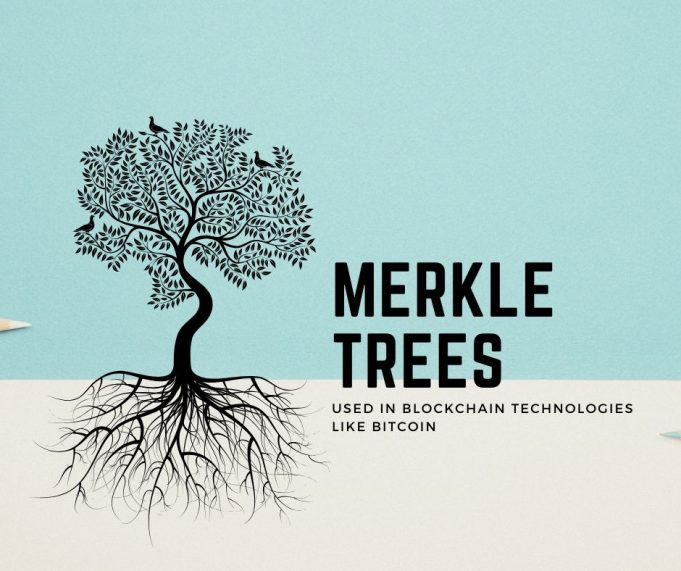Merkle trees are a type of data structure used to efficiently verify data integrity, often encountered in blockchain technologies such as Bitcoin. This crucial technology, proposed by computer scientist Ralph Merkles in the early 1980’s, creates a structure where a single hash (Merkle root) is created from a set of data, often partitioned into ‘leaves’ and ‘nodes’. Merkle roots are incredibly useful in the context of peer-to-peer networks where a single hash is used to independently validate information. This article will discuss what Merkle trees are, how they work, and demonstrate their use cases in cryptocurrency applications.
To understand Merkle trees, it is important to familiarize yourself with hash functions. A hash function is a mathematical algorithm which turns data into unreadable strings of characters of a fixed length known as a hash. Hash functions are commonly used to produce a unique identifier to identify a specific piece of data, and are used to create Merkle trees. A Merkle root is created by combining multiple hashes, which are hashed multiple times, to create the final root.
To further describe, let’s assume we are downloading a large file and want to check it’s integrity. To do this, we can ‘chop’ the file into smaller chunks, them use a hash function to produce a hash for each distinct chunk. We can then combine each pair of hashes, wrap them in a new hash, and repeat the process until we are left with one master hash (the Merkle root). We can then compare this root hash with one provided by the source. If the hashes match, the file is valid. If they do not, we can use an ‘efficient’ method to find out which fragment is incorrect, as slight modifications of data will create a different Merkle root.
Merkle trees are an integral component of a blockchain and its blocks, with their leaves created from the transaction hash (TXID) of every transaction included. By creating a Merkle root, it can be used to streamline the process used in Bitcoin mining. It act as a form of evidence to prove a transaction was included in a block, known as a simplified payment verification (SPV). Additionally, by using a Merkle proof, light clients (nodes that don’t hold a full copy of the blockchain), can save time and computing resources.
In conclusion, Merkle trees are a crucial data structure in the world of cryptocurrencies and have many applications, from verifying the integrity of data, to improving the process of Bitcoin mining and allowing light clients to use simplified payment verification. Without the technology proposed by Ralph Merkle, blocks wouldn’t be nearly as compact as they are today – an integral part of cryptocurrency technologies.













